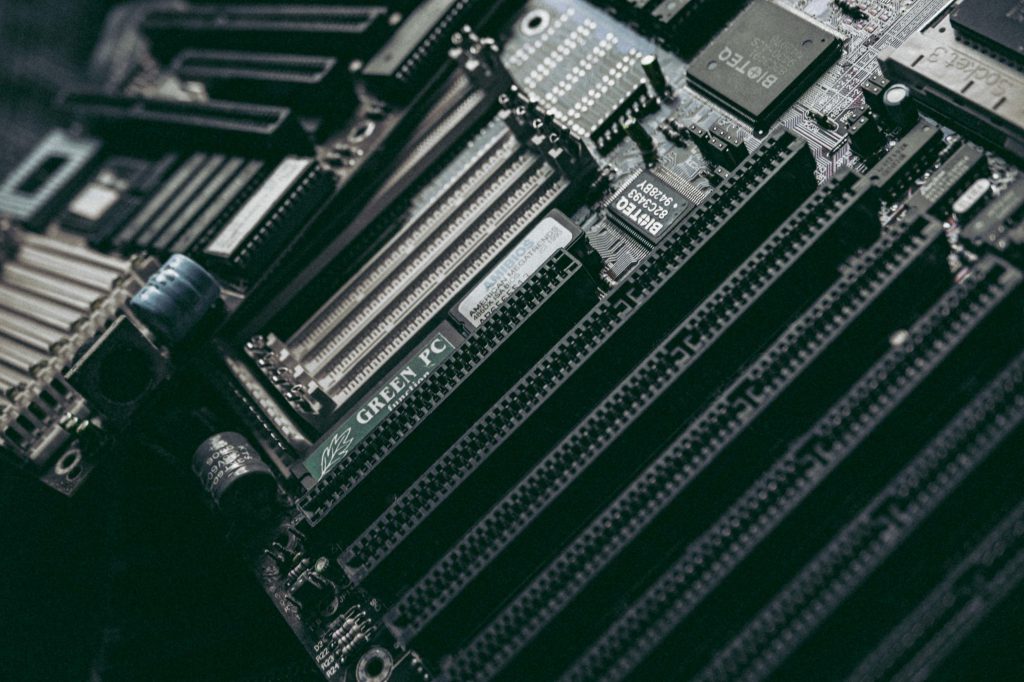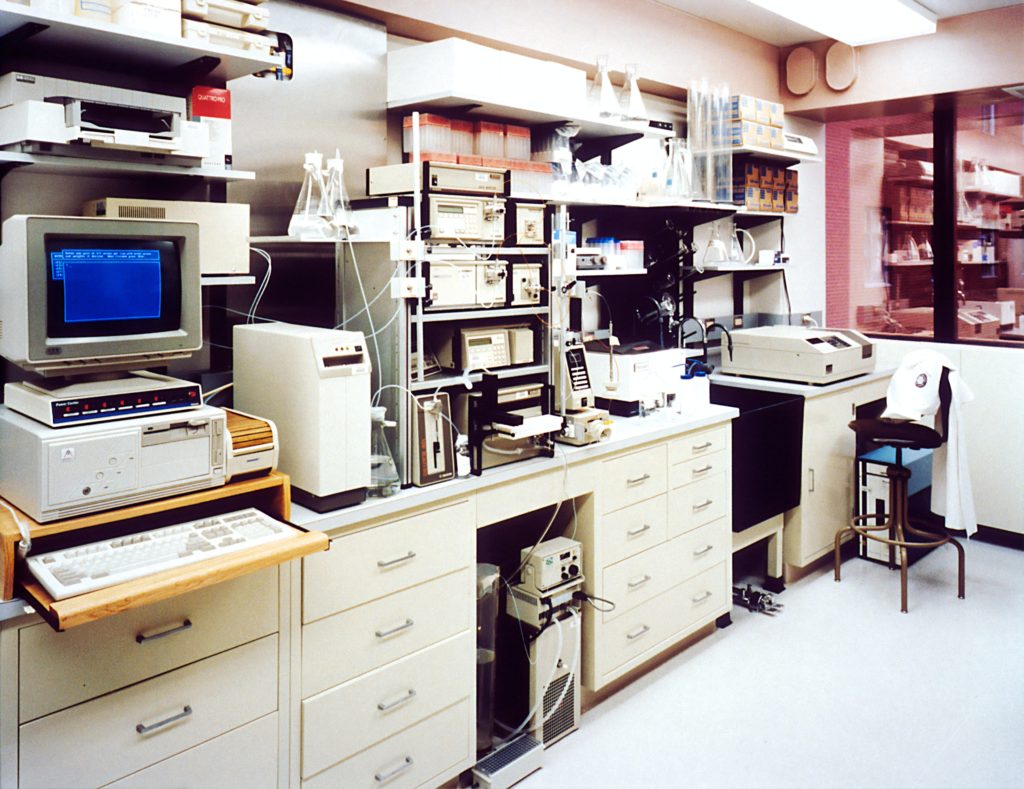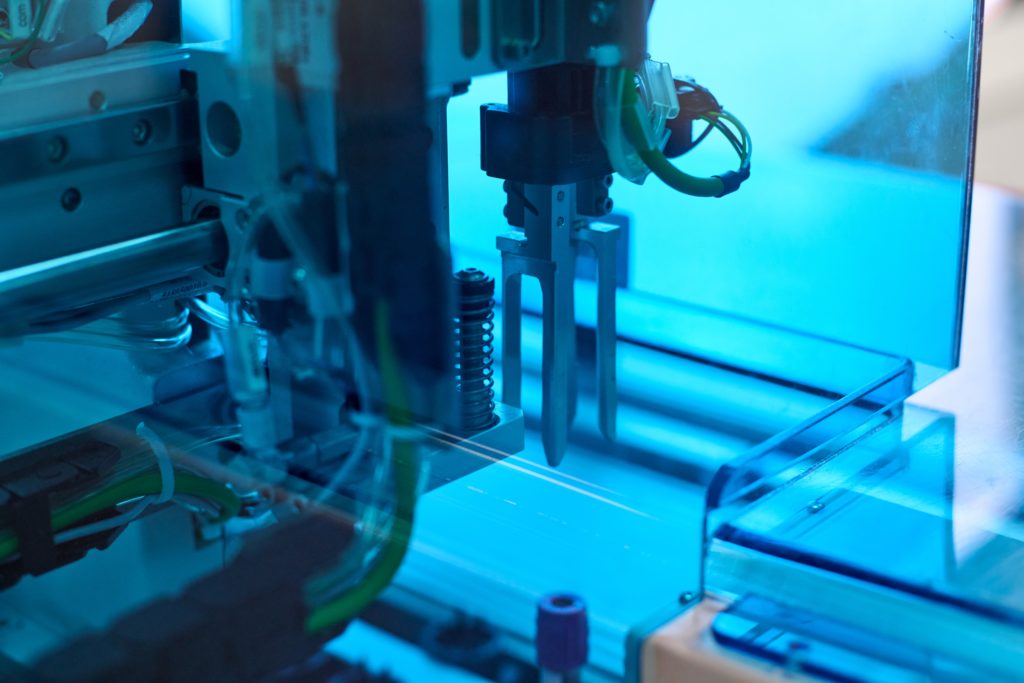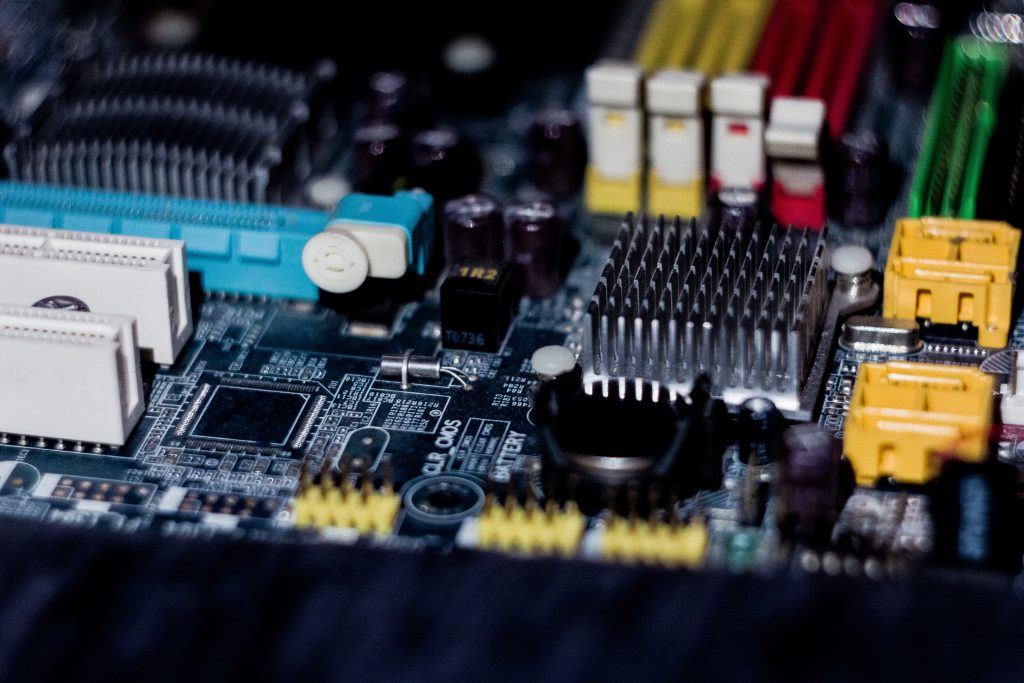Photo by Carlos Irineu da Costa on Unsplash
The semiconductor industry has been at the forefront of technological innovation for decades, driving progress in computing, communications, and consumer electronics. In recent years, the industry has seen significant advancements in materials science, with the development of new materials and processes that enable the creation of smaller, faster, and more energy-efficient chips.
For example, using high-k dielectrics and metal gates has allowed for creation of transistors with better performance and lower power consumption. Additionally, the industry has seen a shift towards heterogeneous integration, where different types of chips are combined in a single package to improve performance and reduce power consumption.
As years go by, the speed of innovation is going to increase further, and there are some exciting innovations and trends to watch out for in the semiconductor industry:
Quantum Computing: Quantum computing is an emerging technology that has the potential to revolutionize the semiconductor industry. It requires new types of semiconductors that can operate at low temperatures.
Neuromorphic Computing: Neuromorphic computing involves the development of computer chips that mimic the structure and function of the human brain. It has the potential to revolutionize the computing industry and could lead to the development of more efficient and intelligent machines.
Silicon Photonics: Silicon photonics is a technology that uses light to transfer data between computer chips. It has the potential to revolutionize data centers, as it can move data faster and with less power than traditional copper wires.
Advanced Packaging: Advanced semiconductor packaging technologies are playing a critical role in enabling the development of high-performance and power-efficient electronic devices. These packages offer a range of benefits, including improved thermal management, higher bandwidth, smaller form factors, and greater integration density.
Memory Solutions: With the rise of big data, artificial intelligence, and machine learning, there’s a growing need for advanced memory solutions such as High Bandwidth Memory (HBM), 3D NAND flash, and other emerging memory technologies.
Next-Gen Process Technologies: New process technologies, such as Extreme Ultraviolet (EUV) lithography and FinFET transistors, will enable the manufacturing of smaller and more powerful semiconductors.
Above advancements are already setting up the platform for several types of new-age applications and use cases. Among all, there are specific sets of applications that will be game changers. These will enable better utilization of computing resources, thus bringing more attention to the semiconductor solutions and critical future requirements.

Some of the top and growing application fields where advanced semiconductor solutions will play a key role are:
Artificial Intelligence (AI): AI is becoming increasingly important in various industries, and the semiconductor industry is no exception. With semiconductors’ helps, AI applications can perform complex calculations and tasks quickly and efficiently.
Autonomous Vehicles: The development of autonomous vehicles is driving demand for semiconductors that can handle large amounts.
Neuromorphic Vision Sensors: These sensors are being developed to mimic the human eye and brain and could lead to the development of more efficient and intelligent image-processing systems.
Wide Bandgap Semiconductors: Wide bandgap semiconductors, such as silicon carbide and gallium nitride, can enable more efficient power conversion and management in various applications, such as electric vehicles and renewable energy systems.
Given the wide range of semiconductor advancements, including the ability to create a new set of applications, semiconductors will continue to shape the future of the computing industry, with both technical and business implications.
On the technical side, the continued development of new materials, processes, and packaging technologies will create even smaller, faster, and more power-efficient chips. It will allow for the development of new types of devices and applications that were previously impossible, such as wearable computing devices, autonomous vehicles, and advanced medical devices.
On the business side, the semiconductor industry will be a significant driver of economic growth, with companies investing heavily in research and development to stay competitive. Additionally, the increasing demand for semiconductors will drive new business models, such as chiplets and system-in-package, eventually enabling greater customization and modularity in electronic systems.
Overall, the semiconductor industry is poised to play a critical role in shaping the future of the computing industry, driving innovation and economic growth for years to come.



















